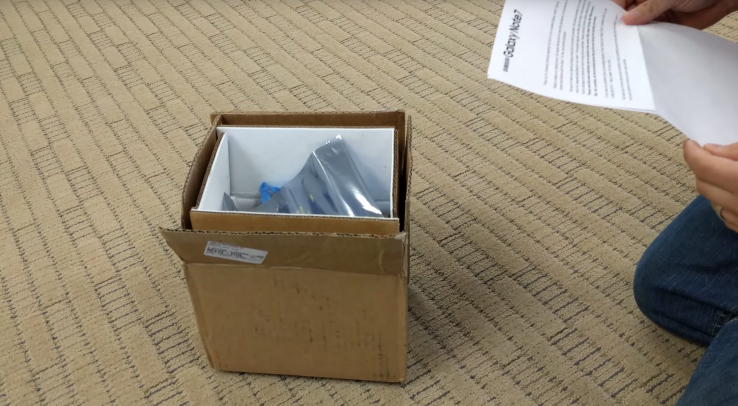

When we detailed the brief ascent and prolonged decline of Samsung’s Galaxy Note 7 saga the other day, we noted that there were still some loose ends to tie up. One of the bigger threads was the US Consumer Product Safety Commission’s protracted investigation of the whole mess, which started a couple of months back when the fist incidents of exploding devices first surfaced.
Two days after Samsung officially ceased production on the 5.7-inch PR disaster, the CPSC is officially green-lighting its full recall, due to “the lithium-ion battery in the Galaxy Note7 smartphones [which] can overheat and catch fire, posing serious fire and burn hazard to consumers.” But while the whole thing may feel like a final stamp on an already sealed envelope, the official statement brings to light the breadth of a situation that may will likely have far-reaching ramifications for the Korean hardware maker.
In all, the recall involves 1.9 million handsets – a number that includes the initial one million units involved in the initial September 15 recall, just about doubling that amount when replacements and newly shipped units are factored in.
The recall is the result of 96 battery issues reported in the US alone since the phone’s launch in mid-August. Twenty-three of those reports have occurred since the announcement of the September 15 recall – though the report doesn’t break down what number of those were caused by replacement units versus original Notes that had yet to be returned.
As far as collateral damage, the CPSC goes on to note 13 reports of burns associated with the handset and 47 reports of property damage. As per the recall, “consumers should immediately stop using and power down all Galaxy Note7 devices, including Note7 devices received as replacements in the previous recall.”
Samsung, for its part, is working to win consumers back in the face of this on-going headache, detailing a $100 incentive to tempt disappointed customers into purchasing another Samsung product.

